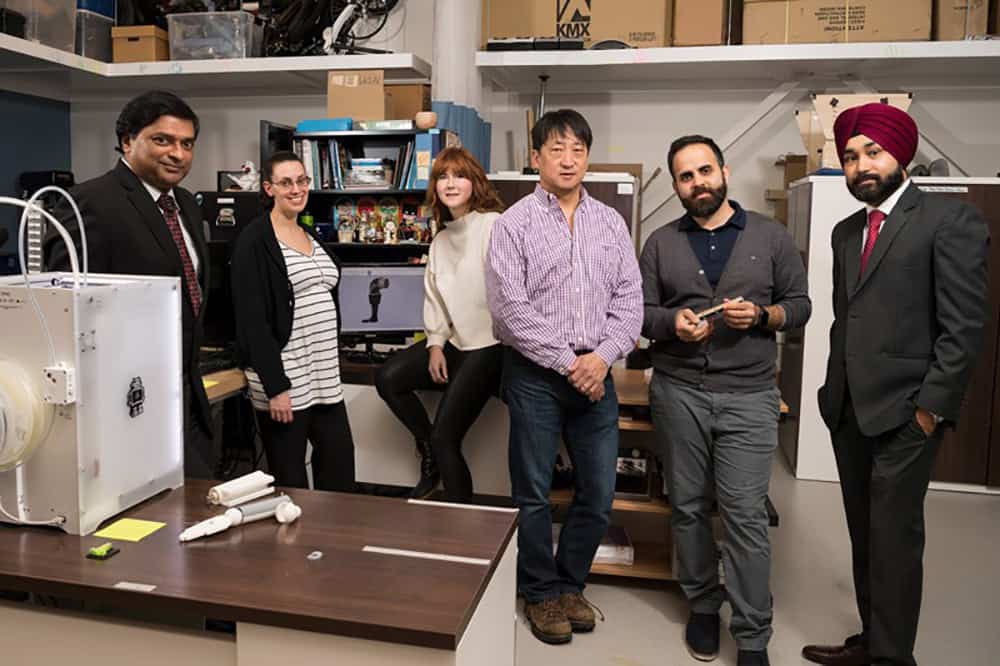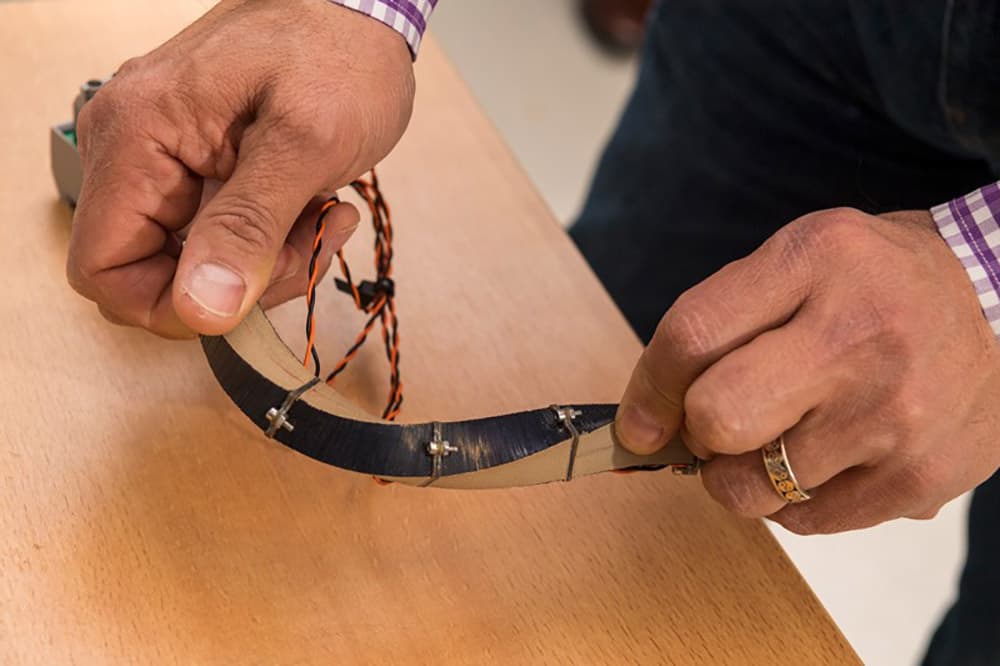Multi-million-dollar grant to help university develop innovative device for children with cerebral palsy

The University of Delaware (UD) in the USA has received almost $200,000 in start-up funding to develop a motorised ankle foot device for children with cerebral palsy that includes an innovative artificial muscle.
A long-term health condition, people with cerebral palsy struggle with their motor functions and experience joint stiffness and muscle tightness, making certain movements very challenging or even impossible.
To help children with cerebral palsy tackle this issue, UD has set out to develop a lower extremity brace, which aims to correct alignment or provide support using soft muscle-like “smart materials” that contract in response to electric current.
Made from elastic materials, the artificial muscles mimic the function of the body’s skeletal muscle and can help children with cerebral palsy that struggle to complete a range of motion under their own power.
In addition, the device is lightweight and compact, reducing the size of the orthosis needed while increasing the wearer’s degree of freedom in movement.
The $200,00 grant was awarded to UD by the University City Science Center in Philadelphia. The UD team is among four teams selected in the University City Science Center’s QED Proof-of-Concept Program, which is designed to help researchers commercialise their work. The grant, equally funded through the QED program and UD, will be used to develop a prototype of the assistive device.
The project will be led by Ahad Behboodi, a doctoral candidate in UD’s biomechanics and movement science program and the project’s principal investigator.
Other principal investigators include: Samuel Lee, Ahad’s advisor and associate professor in the Department of Physical Therapy; Martha Hall, Director of the Innovation for Design Lab; Elisa Arch, Assistant Professor in the Department of Kinesiology and Applied Physiology; and Prabhpreet Gill, Licensing Associate in the University’s Tech Transfer Office.

The main goal of orthotic devices for children with cerebral palsy is to increase or maintain mobility and independence. Traditional technologies, however, typically include a rigid plastic shell that holds the foot in a neutral position, emphasises the University of Delaware. While this keeps the ankle and foot stable, it doesn’t allow for movement, which can cause muscles to weaken over time.
However, UD’s artificial muscle is incorporated into a wearable device, helping increase the wearer’s degrees of freedom in movement.
“Having an active device that can assist children with CP potentially can minimize this atrophy, because now the muscle is going through a range of motion,” Samuel said.
The University provides this example: If a child needs help lifting their toes in order for their foot to clear the ground as they walk, the device can assist the front calf muscles to lift the ankle up. UD also hopes that the brace can be used in exercise too.
Ahad commented: “For now, the device can only assist the wearer’s own muscle contractions but we are able to customize where we put the force to change the movement.
“In the future, we may add functional electrical stimulation technology, which is a major area of research in Dr. Lee’s lab, to also trigger muscles, when needed. This would improve the timing and power of the muscle’s activation, thereby strengthening the muscle and improving the user’s walking coordination.”
The research team currently is building components of the artificial muscle and refining the prototype’s design.

